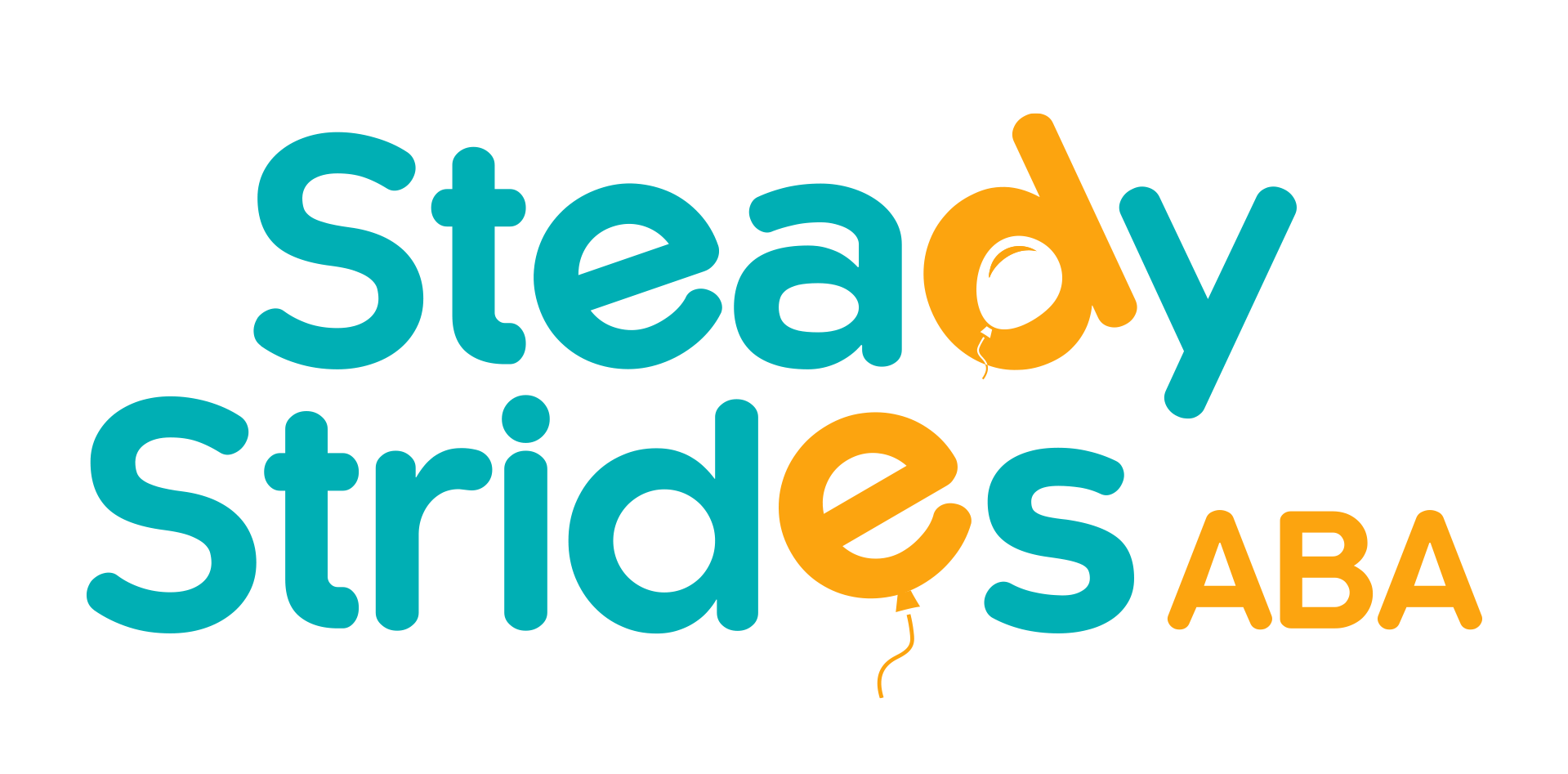Imagine trying to teach a child how to tie their shoes in one go. Overwhelming, right? That’s where task analysis in ABA therapy makes a world of difference. By breaking down a skill into manageable steps, children can learn at their own pace without feeling frustrated.
I once worked with a parent whose child struggled with basic self-care routines. Brushing teeth, for example, was always a battle. But when we introduced task analysis—breaking it down into simple steps like "pick up toothbrush," "squeeze toothpaste," and "brush top teeth"—everything changed. The child’s confidence grew, and what once seemed impossible became a daily success.
Breaking Down Task Analysis
What is Task Analysis?
Task analysis is a crucial method within applied behavior analysis (ABA) therapy. It involves breaking down a complex skill or activity into smaller, manageable steps. This method is particularly beneficial for children with autism, as it provides clear guidance and structure. By simplifying tasks, children can learn new skills more effectively and enjoy a sense of accomplishment as they progress through each step.
Task analysis is not just a teaching strategy—it empowers autistic children by helping them work toward independence. It allows therapists, educators, and parents to tailor instructions based on individual needs. Each task can be customized to match the child's capabilities, paving the way for significant learning outcomes.
Steps Involved in Task Analysis
Implementing task analysis involves several key phases. Here are the main steps typically followed in the process:
- Identify the Skill or Task: Determine what specific skill or task needs to be taught. This could be anything from brushing teeth to completing a homework assignment.
- Break it Down: Divide the task into smaller, sequential steps. Each step should be clear and achievable. For example, if teaching how to make a sandwich, the steps might include gathering ingredients, spreading the filling, and assembling the sandwich.
- Order the Steps: Arrange the steps in a logical sequence. It is essential that the order makes sense to facilitate learning.
- Create Visual Supports: Visual aids such as charts, pictures, or lists can enhance understanding. These supports serve as reminders for children as they complete each step.
- Practice: Begin teaching each step individually. Reinforce success and provide feedback as the child progresses.
- Combine Steps: Gradually encourage the child to perform the steps together as they become more confident. This aids in developing fluidity in executing the entire task.
- Track Progress: Monitor the child’s progress and make adjustments as necessary. Tracking helps to ensure that the teaching strategy remains effective.
- Celebrate Success: Recognizing achievements, no matter how small, motivates children and reinforces positive behavior.
By following these steps, parents and therapists can implement effective behavior analysis task analysis strategies tailored for each child’s journey.
Implementing Task Analysis
Tailoring Strategies to Individual Needs
When implementing task analysis, customization is key. Each child is unique, with individual strengths and challenges. To ensure the effectiveness of the strategies, it's essential to present the tasks in a way that aligns with the child's preferences, learning styles, and specific needs.
One approach is to observe how the child reacts to different teaching methods, such as visual supports, verbal prompts, or hands-on activities. This can help in selecting the best strategy for communication and learning. For instance, some children may respond better to visual cues, while others might engage more effectively through auditory prompts.
In crafting a tailored plan, it’s useful to have a list of strategies and their suitability for various learning styles:
Learning Strategies Table
| Strategy | Best For |
|---|---|
| Visual Supports | Strong visual learners |
| Verbal Instructions | Children who respond to speech |
| Hands-on Activities | Kinesthetic learners |
| Social Stories | Children needing social context |
Tracking Progress Through Task Analysis
Monitoring progress through task analysis is vital in ABA therapy. This allows parents and therapists to assess improvements over time and adjust strategies accordingly. By breaking tasks into smaller, manageable steps, observable progress can be recorded in a systematic way.
Keeping a detailed log of the child's achievements offers insights into their skills and areas that may require more attention. This can be done through charts or checklists that highlight specific milestones and completion of tasks.
For example, using a simple checklist can help track the completion of individual steps in a broader task. Consider the following layout for tracking:
Task Progress Table
| Task | Step 1 | Step 2 | Step 3 | Completion |
|---|---|---|---|---|
| Brushing Teeth | Yes | Yes | Yes | Completed |
| Putting Clothes On | Yes | No | - | In Progress |
Detailed tracking not only fosters motivation but also provides invaluable information that can guide future interventions and adaptations in task analysis. By continuously evaluating progress, caregivers can celebrate successes and modify plans to align with evolving needs.
Maximizing the Impact
To enhance the effectiveness of task analysis in ABA therapy, it is essential to incorporate these strategies into the daily lives of autistic children.
Integrating Task Analysis into Daily Routines
Integrating task analysis into daily routines allows for a seamless learning experience. By embedding structured tasks into everyday activities, children can practice skills in a familiar environment. This approach not only reinforces learning but also promotes independence.
Here are some strategies for integration:
- Identify Regular Activities: Select daily activities where task analysis can be utilized, such as getting dressed, brushing teeth, or preparing snacks.
- Break Tasks into Steps: Divide each activity into smaller, manageable steps to simplify the learning process.
- Visual Supports: Use visual aids, such as charts or checklists, to guide the child through the steps of each task.
- Consistent Scheduling: Incorporate these tasks consistently to build familiarity and comfort.
Collaborating with Therapists and Caregivers
Collaboration among parents, therapists, and caregivers is vital to the success of task analysis. When everyone involved works together, it creates a unified support system for the child.
Here’s how collaboration can be achieved:
- Share Goals and Strategies: Regularly communicate about the child’s progress and specific techniques being used during therapy sessions.
- Involve Caregivers: Equip family members and caregivers with the knowledge of task analysis to ensure they can reinforce skills at home.
- Feedback Loop: Create a system for sharing observations and feedback about which strategies are working or need adjustment.
- Joint Planning Sessions: Schedule meetings with therapists to discuss ongoing activities and how task analysis can be effectively applied in various environments.
By integrating task analysis into daily routines and fostering collaboration among all stakeholders, parents and therapists can significantly enhance the outcomes for children in ABA therapy. This collective approach lays the groundwork for lasting growth and success in developing essential life skills.
Tools and Resources for Success
In ABA therapy, having the right tools and resources can significantly enhance the effectiveness of task analysis. Utilizing visual supports and reinforcement techniques can lead to successful learning experiences for autistic children.
Visual Supports and Prompting
Visual supports play a crucial role in helping children understand and follow tasks more effectively. These aids can include charts, diagrams, and pictures that clearly outline each step of a task. When children can see what is expected of them, they often feel more engaged and confident.
Here are some types of visual supports:
- Visual schedules: These provide a clear sequence of activities or tasks that the child can follow throughout the day.
- Picture schedules: Simple images that represent each step of a task, making complex activities more manageable.
- Task breakdown charts: Detailed illustrations of each component of a task, helping children understand what they need to do at every stage.
Prompting is another essential tool in behavior analysis task analysis. This technique involves providing cues or hints to help the child complete a task successfully. Prompts can be verbal, visual, or physical, depending on the child's needs.
Utilizing Reinforcement Techniques
Reinforcement techniques are vital in ABA therapy for encouraging desired behaviors. Positive reinforcement can significantly motivate children to engage in tasks and increase the likelihood of their recurrence.
Types of reinforcement include:
- Verbal praise: Simple acknowledgement of a child's effort or success can boost confidence and motivation.
- Tokens or stickers: A structured system where children earn tokens or stickers for completing tasks, which can be exchanged for rewards.
- Privileges: Allowing additional playtime or a favorite activity as a reward for completing tasks reinforces positive behavior.
By strategically employing visual supports and reinforcement techniques, parents and therapists can create an enriching environment that fosters growth and learning in children undergoing behavior analysis task analysis.
Celebrating Progress
Celebrating progress in behavior analysis task analysis is essential for motivating both children and caregivers. Recognizing achievements can significantly enhance the learning experience and help maintain enthusiasm for continued growth.
Recognizing Achievements
Recognizing milestones, no matter how small, is a vital part of the journey in ABA therapy. These achievements can include mastering a new skill or consistently following a task sequence.
Parents and therapists can use various methods to acknowledge progress. This may include verbal praise, reward systems, or small celebrations. Highlighting even tiny successes fosters a sense of accomplishment and encourages a positive mindset.
Here are some ways to celebrate achievements:
- Verbal Affirmation: Praise can be a powerful motivator. A simple "Great job!" can go a long way.
- Certificates or Badges: Create visual symbols of success that children can display.
- Special Activities: Plan a fun outing or special activity when a significant goal is reached.
Future Growth and Development
Planning for future growth is an essential aspect of the behavior analysis task analysis framework. As children master specific skills, setting new goals becomes necessary to ensure continued development.
Establishing new objectives should be based on the child’s interests, strengths, and areas where they need improvement. Progressive challenges can lead to increased confidence and skill improvement.
Here are a few strategies to facilitate future growth:
- Setting SMART Goals: Specific, Measurable, Achievable, Relevant, and Time-bound goals can guide the next steps in therapy.
- Continuous Monitoring: Keeping track of progress allows for adjustments to be made as needed.
- Incorporating Interests: Utilizing the child’s interests in new tasks can help maintain engagement and motivation.
Acknowledging and celebrating progress while planning for further development creates a cycle of success, encouraging continuous improvement in ABA therapy through effective task analysis.
Helping your child build independence starts with the right approach. At Steady Strides ABA, we specialize in using task analysis to create personalized learning strategies that empower autistic children to thrive. Our dedicated team provides expert guidance, ensuring your child develops essential life skills at a comfortable pace.
Contact Steady Strides today to learn how we can support your child’s journey to confidence and independence!
FAQs
What is task analysis in ABA therapy?
Task analysis in ABA therapy is a teaching method that breaks complex skills into smaller, manageable steps. This approach helps autistic children learn effectively by focusing on one step at a time.
How does task analysis help autistic children?
Task analysis simplifies learning by providing structure, reducing frustration, and encouraging independence. By mastering one step at a time, children build confidence and progress at their own pace.
Can parents use task analysis at home?
Absolutely! Parents can implement task analysis by breaking down daily routines—like brushing teeth or getting dressed—into clear steps. This fosters learning and independence in a supportive way.
Sources:
- https://online.regiscollege.edu/blog/task-analysis/
- https://iidc.indiana.edu/irca/articles/applied-behavior-analysis.html
- https://www.appliedbehavioranalysisedu.org/what-is-task-analysis-in-the-context-of-applied-behavior-analysis-therapy/
- https://pmc.ncbi.nlm.nih.gov/articles/PMC2926912/
- https://pmc.ncbi.nlm.nih.gov/articles/PMC6693574/












